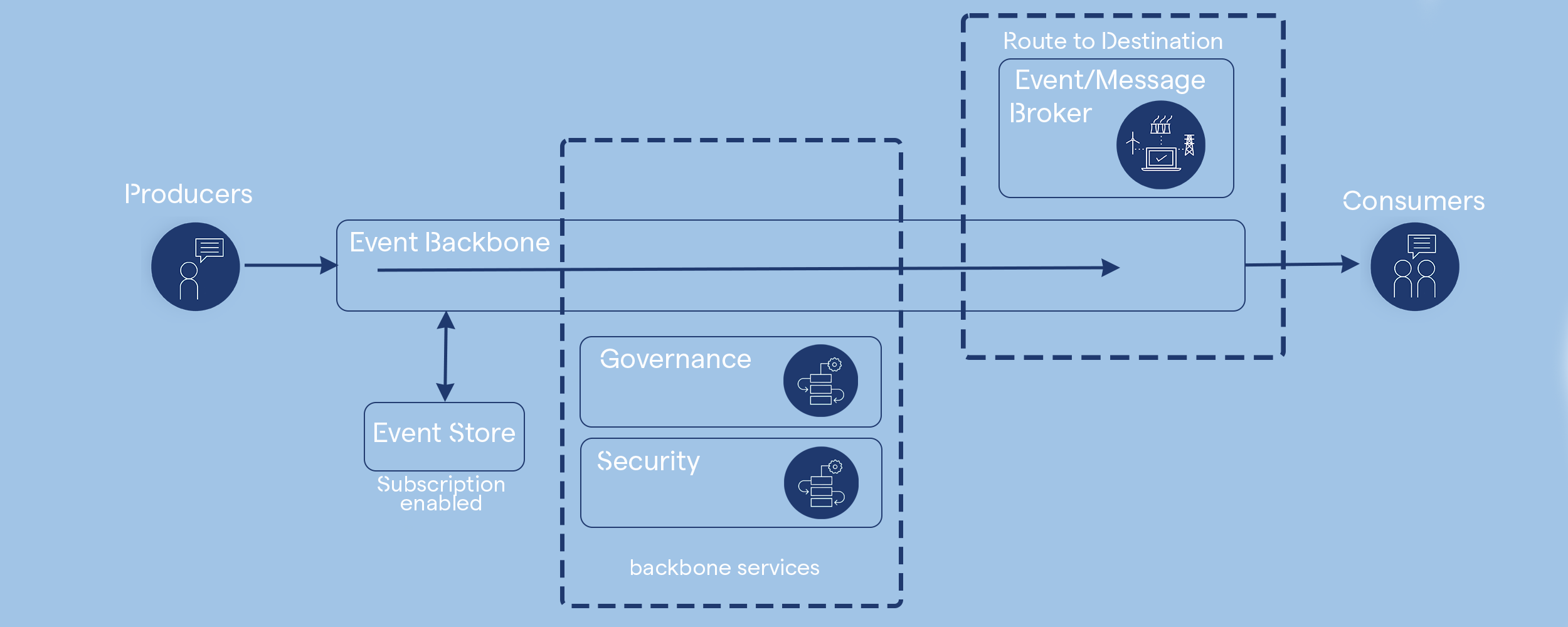Consultation on reference architecture to support MHHS
Today (26 April) we have published the Architecture Working Group (AWG) consultation on the reference architecture to support Market-wide Half Hourly Settlement (MHHS) implementation.
The additional meter readings available from smart meters will result in a big increase in the volume and frequency of meter data that needs to be settled. This requires a different approach to the way energy companies interact with each other and Settlement data. The reference architecture sets out the framework for this new data integration.
About the Architecture Working Group
The reference architecture has been developed by the AWG, which is a group of industry IT experts, from Suppliers, Supplier Agents, and software support companies. The AWG is one of the industry working groups that Elexon is currently leading to further develop the detailed business and system architectural elements of the MHHS Target Operating Model (TOM).
We need feedback from industry architecture experts
If you are an industry architecture expert, the consultation will be of particular interest to you and systems experts at your company. We would like to hear your views to help the AWG before it recommends the solution to Ofgem for approval later this summer.
Deadline for responding to the consultation
Please let us know your comments by 08:00 on 24 May 2021 using the proforma included in the consultation pack, on the link above.
Benefits of event-driven architecture
The architecture proposed by the AWG is different to the current style of data integration in Settlement. The new architecture is based on ‘business events’ (Event-Driven Architecture) which include for example, new meter readings becoming available, or a change in registration.
Event Driven Architecture enables services to respond to real-world business events more quickly, and at a much higher scale than at present. The benefits of this are that it will support the greater volume of data required for MHHS. It also allows industry to create faster and more efficient processes for Settlement.
The diagram below is a simple of explanation of how event driven architecture works, and the central components
How the reference architecture should be used
The reference architecture does not mandate changes to the architecture of the energy companies’ internal systems. Instead, energy companies will be able to use it to create detailed designs of their own that align to the reference architecture.
Which companies will be most affected?
The Parties that will be most affected by the reference architecture are Suppliers, Metering/Data Services Providers, distribution businesses and the Data Communications Company. It will also affect Elexon.
Cost impacts
There will clearly be impacts and costs for companies to move to this new style of data integration. The consultation will not estimate the cost impacts, as these are subject to Ofgem’s final business case decision on MHHS implementation (published on 20 April 2021).
Next steps following the consultation
If Ofgem approves the reference architecture, further work will be undertaken to identify appropriate technologies that can deliver it. Companies will need to be ready to use these new interfaces for data exchange when industry testing takes place, prior to Ofgem’s expected implementation date for MHHS (October 2025).
Watch our video about the consultation
In this video MHHS Programme Director Justin Andrews explains the consultation and background in more detail.
Length: 8 mins, 06 sec
Webinar about the consultation
We are also hosting a webinar on 12 May at 2pm where we will talk through the consultation and answer your questions.


